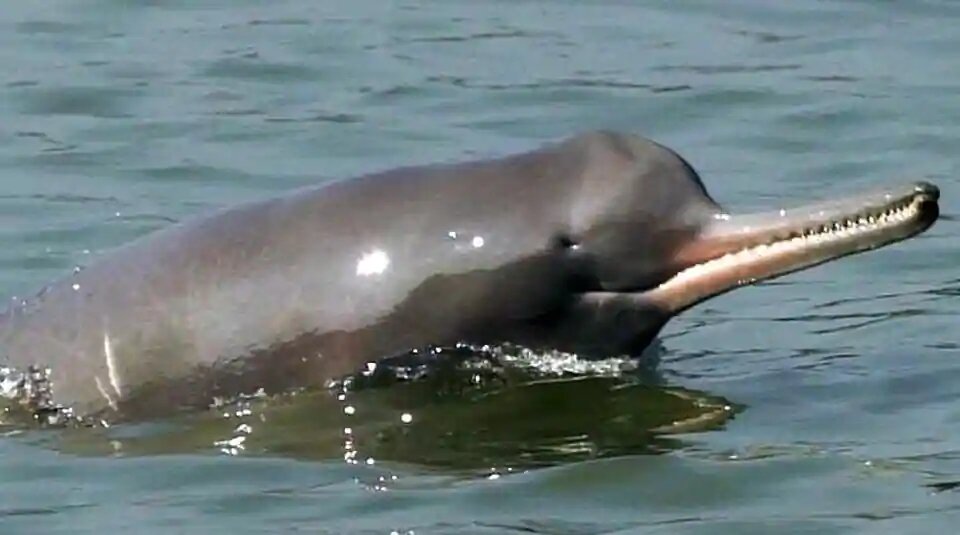Biodiversity & Environment
Decrease in Dolphin Number: Chambal River
- 15 Jul 2020
- 4 min read
Why in News
According to the latest census report prepared by the Madhya Pradesh forest department, the number of dolphins in Chambal river has been reduced by 13% in 4 years.
- There are just 68 dolphins left in the 435-kilometre-long Chambal river sanctuary which passes through three states i.e. Madhya Pradesh, Uttar Pradesh and Rajasthan. Gangetic Dolphins are the sanctuary’s main attraction.
- The decreasing trend is continuing from 2016 when there were 78 dolphins.
Key Points
- The maximum carrying capacity of dolphins in Chambal is 125.
- The carrying capacity of an environment is the maximum population size of a biological species that can be sustained in that specific environment, given the food, habitat, water, and other resources available.
- The dolphins were spotted for the first time in 1985 in Chambal river (a tributary of Yamuna) near Etawah, Uttar Pradesh. That time, the number was more than 110.
- Reasons:
- Unfavourable Habitat: It faces the threat of hunting and entanglement in fishing gear due to fragmented habitats.
- Poaching: Fragmented habitats lead to the problem of poaching for not only dolphins, but also for gharials.
- Illegal Sand Mining: It is rampant in Bhind and Morena in MP and Dholpur in Rajasthan and putting the whole ecosystem of the river in danger.
- Further, the forest team never gets support from locals.
- In 2006, the Supreme Court’s Central Empowered Committee (CEC) ordered a ban on mining in the sanctuary area to save the flora and fauna of the river.
- Consumption of Water: Chambal is a lifeline for three states i.e. MP, UP and Rajasthan and the locals are withdrawing water daily.
- It has led to gradual decrease in the water levels and needs to be addressed properly to save the dolphins as well as gharial.
- Lack of Studies: Dolphins are a sensitive animal. There is a need of study on their favourable environment and communication system.
- The Forest Department of MP has collaborated with the scientists of Wildlife Institute of India (WII) to do a research for safeguarding and increasing the population of dolphins in Chambal.
- Scientific Name: Platanista gangetica
- It is a highly intelligent freshwater mammal placed into the infraorder Cetacea.
- It is India's national aquatic animal and is popularly known as ‘Susu’
- Habitat: It is found in parts of the Ganges-Meghna-Brahmaputra and Karnaphuli-Sangu river systems in India, Nepal, and Bangladesh.
- It requires at least 3 metre depth and 266.42-289.67 m3 per sec flow of water for sustainable habitat.
- It is among the four freshwater dolphins in the world. The other three are:
- The ‘Baiji’ now likely extinct from the Yangtze River in China,
- The ‘Bhulan’ of the Indus in Pakistan, and
- The ‘Boto’ of the Amazon River in Latin America.
- These four species live only in rivers and lakes.
- Characteristics: It has rudimentary eyes and uses echolocation (through ultrasonic sound) to navigate and hunt.
- Threats: Habitat destruction, Poaching, Pollution
- Protection Status:
- International Union for Conservation of Nature (IUCN): Endangered
- Wildlife (Protection) Act, 1972: Schedule 1
- Convention on International Trade in Endangered Species of Wild Fauna and Flora (CITES): Appendix-I.
- Vikramshila Gangetic Dolphin Sanctuary (VGDS) in Bihar’s Bhagalpur district is India’s only sanctuary for dolphins.





